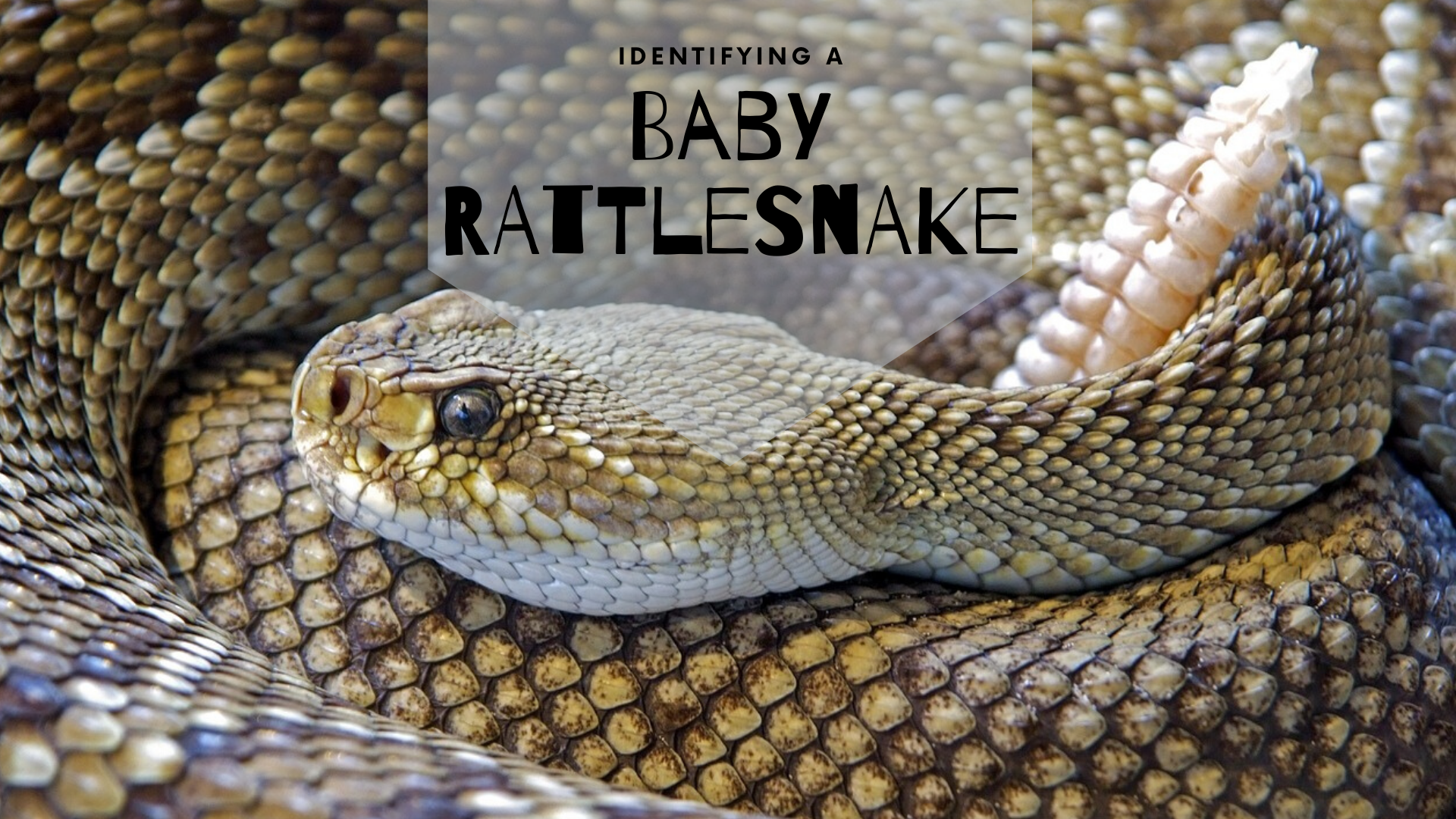The Types Of Ecosystems

The types of ecosystems on Earth range from wet to dry, cold to hot. They include rainforest, grassland, savanna, tundra, desert, estuary, taiga, prairie, freshwater…
Read more

The types of ecosystems on Earth range from wet to dry, cold to hot. They include rainforest, grassland, savanna, tundra, desert, estuary, taiga, prairie, freshwater…
Read more

A baby rattlesnake typically has similar markings to an adult rattlesnake but are overall darker in appearance and lack the fully developed rattle. A baby…
Read more

Animals with down syndrome like diseases can exist in tigers, dogs, monkeys, and lions. While it is not exactly the same disease as down syndrome,…
Read more

The density of metals ranges from Osmium at the highest density to lithium at the lowest density of any metal. Knowing the periodic table is key…
Read more

Gamete cells, also known as sex cells, are the cells responsible for sexual reproduction. A male gamete is called sperm (spermatozoa) and is a haploid…
Read more

The parts of a human leg consist of bones, muscle, tendons, and ligament all working together so that your leg can perform complex movement. The…
Read more

Foxes eat a diverse diet as omnivores, focusing on small animals such as birds, rabbits, rodents, frogs, mice, insects, and fish. Foxes are also known…
Read more

The map of California cities gives you a sense of just how expansive California is, from San Diego in the south to San Francisco in the…
Read more

The labeled human skeleton system is comprised of 206 different bones of various sizes and shapes, all with the primary purpose of providing support, protection,…
Read more

We all know that gravity is different on Mars versus the moon versus the Earth. The gravity on Mars is 3.711 m/s², which is just 38 percent…
Read more

The average IQ score is always 100, as the distribution of IQ scores is meant to follow a normal distribution around an IQ of 100….
Read more